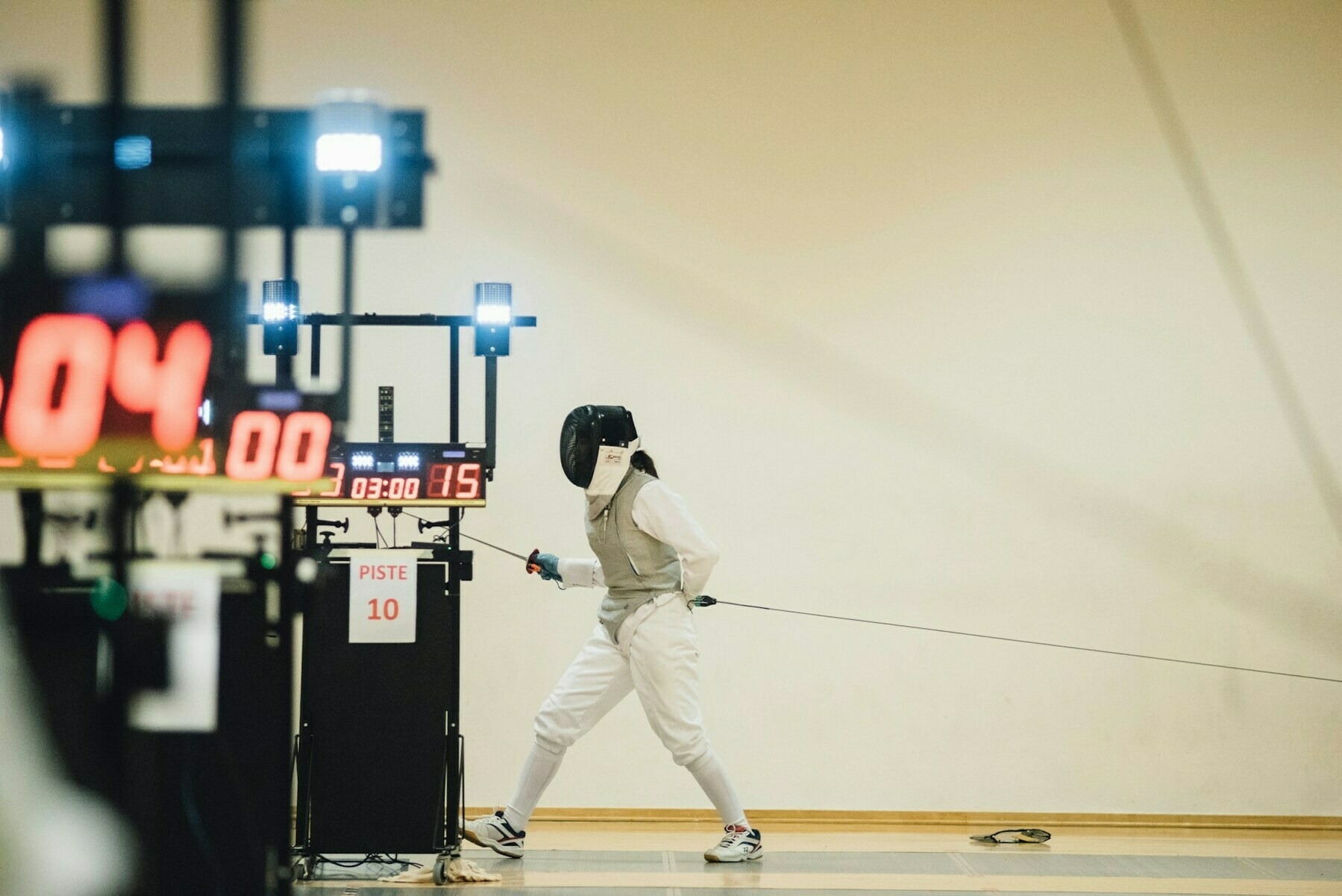Forms of perceptual learning

“The systems approach begins when first you see the world through the eyes of another” wrote C. West Churchman. Seeing things from another’s point of view is usually framed as ‘empathy’ but often what isn’t discussed is the effect that a change in perspective can have on a person themselves. This is sometimes colloquially and humorously referred to as “things we cannot unsee”. It’s automatic: the way we understand the world has changed.
Stephen Downes shared this recently-updated article from the Stanford Encyclopedia of Philosophy about a topic which I’ve only studied obliquiely. ‘Perceptual learning’ is about long-lasting changes in perception resulting from practice or experience, and can take four forms: differentiation, unitization, attentional weighting, and stimulus imprinting.
When most people reflect on perceptual learning, the cases that tend to come to mind are cases of differentiation. In differentiation, a person comes to perceive the difference between two properties, where they could not perceive this difference before. It is helpful to think of William James’ case of a person learning to distinguish between the upper and lower half of a particular kind of wine. Prior to learning, one cannot perceive the difference between the upper and lower half. However, through practice one becomes able to distinguish between the upper and lower half. This is a paradigm case of differentiation.
[…]
Unitization is the counterpart to differentiation. In unitization, a person comes to perceive as a single property, what they previously perceived as two or more distinct properties. One example of unitization is the perception of written words. When we perceive a written word in English, we do not simply perceive two or more distinct letters. Rather, we perceive those letters as a single word. Put another way, we perceive written words as a single unit (see Smith & Haviland 1972). This is not the case with non-words. When we perceive short strings of letters that are not words, we do not perceive them as a single unit.
[…]
In attentional weighting, through practice or experience people come to systematically attend toward certain objects and properties and away from other objects and properties. Paradigm cases of attentional weighting have been shown in sports studies, where it has been found, for instance, that expert fencers attend more to their opponents’ upper trunk area, while non-experts attend more to their opponents’ upper leg area (Hagemann et al., 2010). Practice or experience modulates attention as fencers learn, shifting it towards certain areas and away from other areas.
[…]
Recall that in unitization, what previously looked like two or more objects, properties, or events later looks like a single object, property, or event. Cases of “stimulus imprinting” are like cases of unitization in the end state (you detect a whole pattern), but there is no need for the prior state—no need for that pattern to have previously looked like two or more objects, properties, or events. This is because in stimulus imprinting, the perceptual system builds specialized detectors for whole stimuli or parts of stimuli to which a subject has been repeatedly exposed (Goldstone 1998: 591). Cells in the inferior temporal cortex, for instance, can have a heightened response to particular familiar faces (Perrett et al., 1984, cited in Goldstone 1998: 594).
Source: Stanford Encyclopedia of Philosophy
Image: CHUTTERSNAP